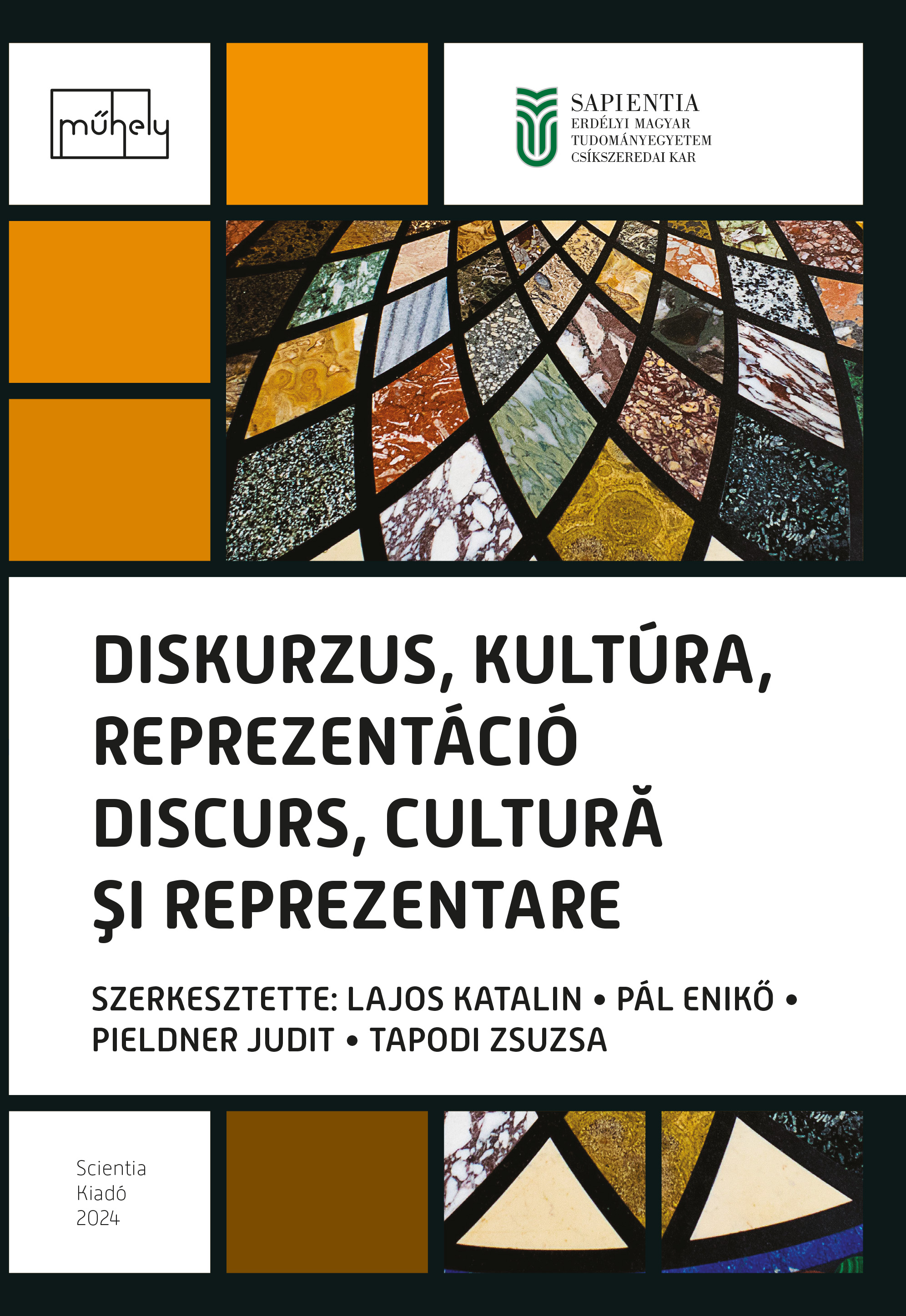PROFILUL SOCIOCULTURAL ŞI LINGVISTIC AL UNOR ZONE BILINGVE DIN ROMÂNIA: HARGHITA, COVASNA ŞI MUREŞ
THE SOCIO-CULTURAL AND LINGUISTIC PROFILE OF CERTAIN BILINGUAL AREAS IN ROMANIA: HARGHITA, COVASNA, AND MUREŞ COUNTIES
Author(s): Andrea Sere
Subject(s): Language studies, Language and Literature Studies
Published by: Scientia Kiadó
Keywords: bilingualism; language contact; language interference; second language acquisition; sociolinguistic and intercultural variables; Hofstede’s cultural dimensions;
Summary/Abstract: The present study deals with certain sociocultural and linguistic aspects related to the counties of Harghita, Covasna, and Mureş. Several nationalities live in these counties, and in regions characterized by bilingualism there is a particular linguistic landscape, where speakers use structures from their mother tongue in the second language as well. Second language learning is a dynamic process, and the motivation underlying L2 acquisition is influenced by language learning biases. In general, the official language learning takes place implicitly, given the natural context of daily life. But for people from Harghita, Covasna, and some localities in Mureş County, where speakers rarely use Romanian, but also for students who use it only at school (3-4 hours/week), Romanian can be considered a foreign language. In this context, people who succeed in acquiring the language at a productive level use word-for-word translations from their mother tongue when communicating in Romanian. Socio-cultural contacts may reorganize the language system, thus interference, code switching, borrowings, and linguistic calques can be observed both in written and oral texts because the same person alternatively uses two languages – Hungarian and Romanian –, and linguistic interchanges among bilinguals may include elements of both spoken languages. Furthermore, certain extra-linguistic factors, such as ethnicity, race, social class, sex, or age play a major role in language and language contact research. At the same time, the effectiveness of successful interethnic communication also depends on the mutual knowledge of culture, traditions, and customs.
Book: Diskurzus, kultúra, reprezentáció / Discurs, cultură şi reprezentare
- Page Range: 243-256
- Page Count: 14
- Publication Year: 2024
- Language: Romanian
- Content File-PDF

